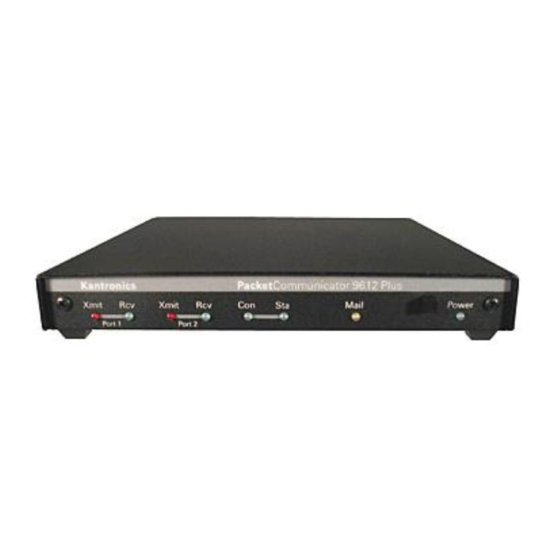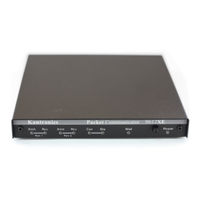
User Manuals: Kantronics KPC-9612 Plus Modem Controller
Manuals and User Guides for Kantronics KPC-9612 Plus Modem Controller. We have 2 Kantronics KPC-9612 Plus Modem Controller manuals available for free PDF download: User Manual
Kantronics KPC-9612 Plus User Manual (348 pages)
Brand: Kantronics
|
Category: Controller
|
Size: 1 MB
Table of Contents
Advertisement
Kantronics KPC-9612 Plus User Manual (42 pages)
Brand: Kantronics
|
Category: Radio Modems
|
Size: 1 MB
Table of Contents
Advertisement

